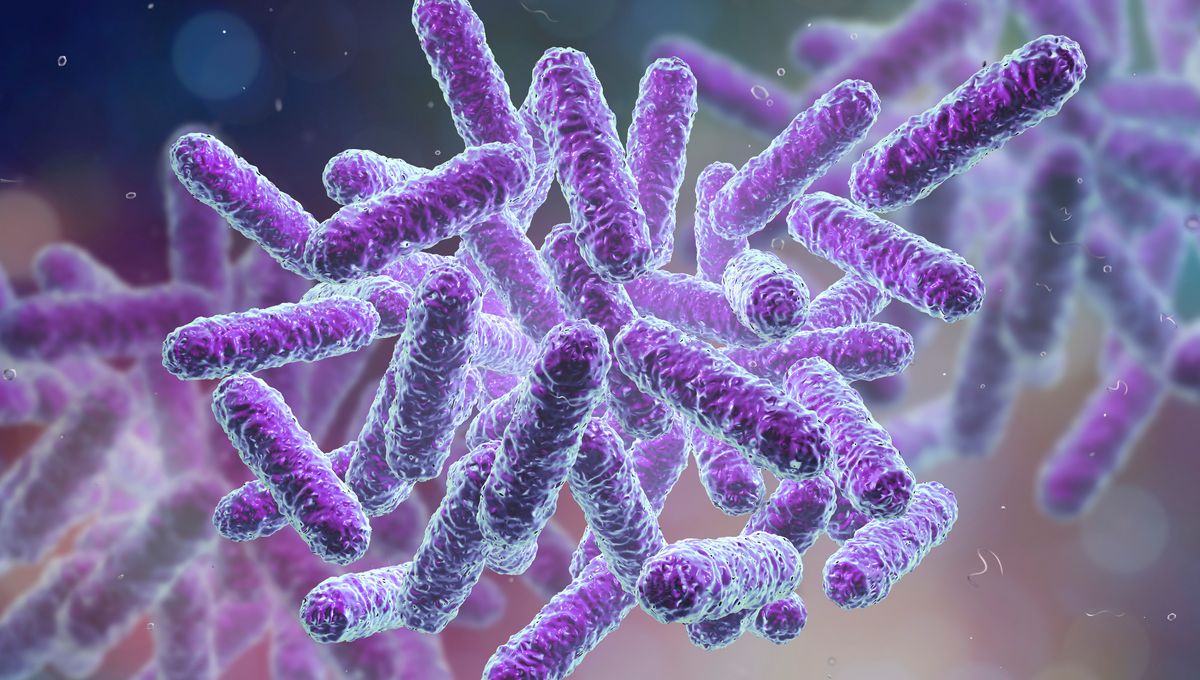
Movies and TV shows give the impression of space stations as aseptic and squeaky-clean environments. But wherever there are humans, there are all the bacteria that we bring with us. Bacteria have found niches in the International Space Station (ISS) and since they can evolve pretty quickly, a species was seen becoming distinct from its earthly counterparts.
The bacteria in question are strains of Enterobacter bugandensis. This is an opportunistic pathogen, meaning that it can cause disease only if the host is already “perturbed”, such as if they are battling disease already or if they are immunocompromised. The bacteria is notorious for being multi-drug resistant, meaning that several antibiotic treatments are no longer effective in fighting it off. So it is important to understand what this bacteria is like in orbit.
Five strains of this bacterium were found on the ISS in 2018, and new work reports the existence of 13 strains on the space station. While the previous analysis reported similarities, the more in-depth genetic work suggests that under the stress of such a unique environment, the ISS strains could have mutated in multiple ways to become both genetically and functionally distinct from the E. bugandensis we find on Earth.
“We identified certain genes from our study that are exclusively present in organisms associated with the ISS, but not in their terrestrial counterpart,” the authors wrote in the paper.
Understanding how bacteria evolve in space is important to protect the health of astronauts and also to work out alternative approaches to fight off these pathogens. In the case of these freshly evolved strains, their adaptation to microgravity might hide their Achilles’ heels.
“These genes could potentially serve as valuable targets for therapeutics against pathogenic microorganisms in the unique environment of the IS,” the authors continued.
The research team admits some limitations in the genetic analysis so they cannot say without any doubt that these strains are the way they are because of space and space alone. Still, there is plenty of compelling evidence and they even go on to show how these strains are integrated into communities of many different bacteria, some of them also opportunistic pathogens that are resistant to multiple drugs.
This coexistence could be another factor that has helped the organisms to successfully find their niches in the low-gravity, high-radiation, and elevated-carbon-dioxide environment of the ISS.
The study is published in the journal Microbiome.
Source Link: Bacteria On The ISS Have Mutated Into Something Not Seen On Earth Before